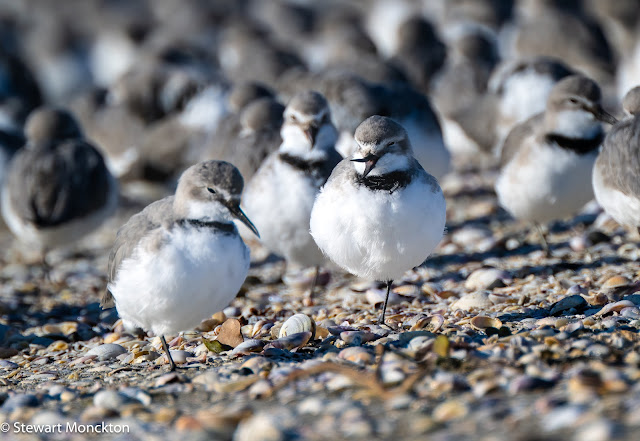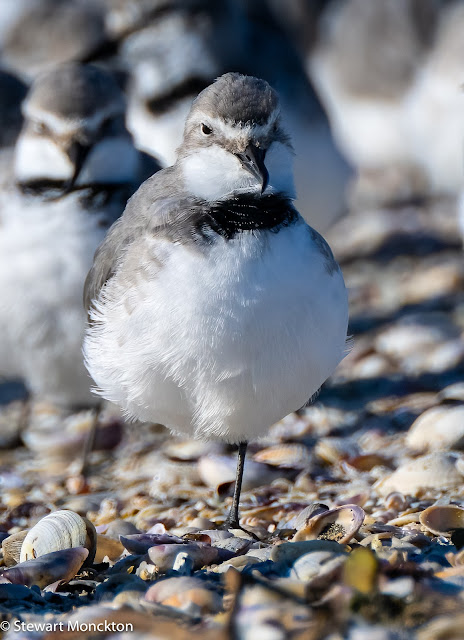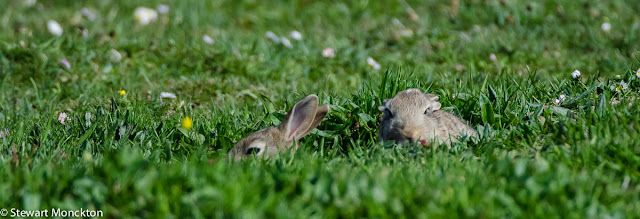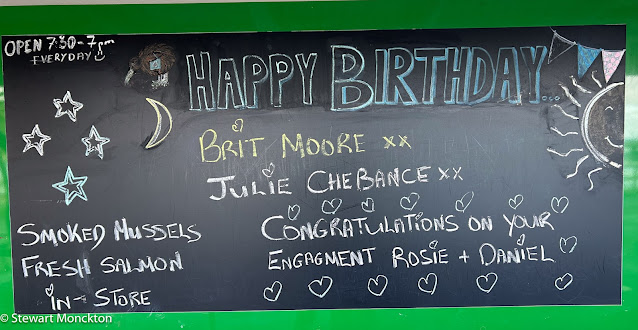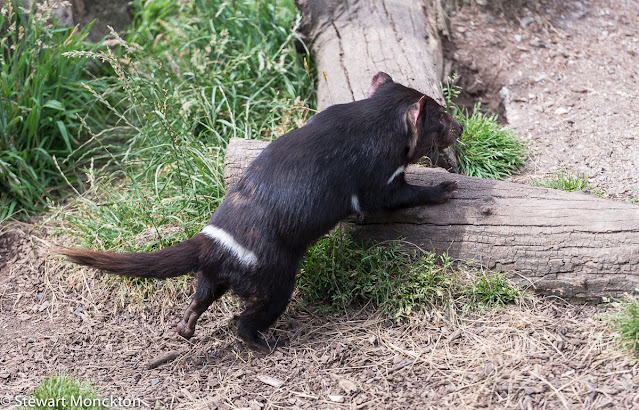The Wrybill (Anarhynchus frontalis) - also know as the Ngutuparore in Māori - is an endemic New Zealand plover.
It is the only bird in the world that has a bill that is bent sideways in one direction - always to the right. This bill shape seems to be an adaptation to feeding under the edges of stones and pebbles, but it also helps the bird 'skim' food off the surface of smooth surfaces.
I saw lots of these birds near to the Pūkorokoro Miranda Shorebird Centre, which is on the east coast of North Island in New Zealand, about an hour from Auckland. On two occasions I spend a couple of hours lying flat on the beach as the rising tide pushed a roosting flock of these birds towards me. In the end the birds were probably less than 3m from me - and they still remained relaxed and seemingly unconcerned.
Although roosting, these birds were still active with preening, stretching and general feather maintenance.
There were at least 2000 birds in the largest of these roosting flocks - which represents about 30% of the worlds population of this species. I was very cold on the first of these days, and I was not in the least bit concerned!
This species has an internal migration pattern in NZ. In the summer they breed on the wide and stoney rivers of South Island, and in winter they feed in estuaries on North Island.
I have to say that spending that time with these birds was a bit of life time highlight!
There are lots of reasons to go to NZ - and the Wrybill is near the top of that list!
To join in with WBW, click in the link below. SM


